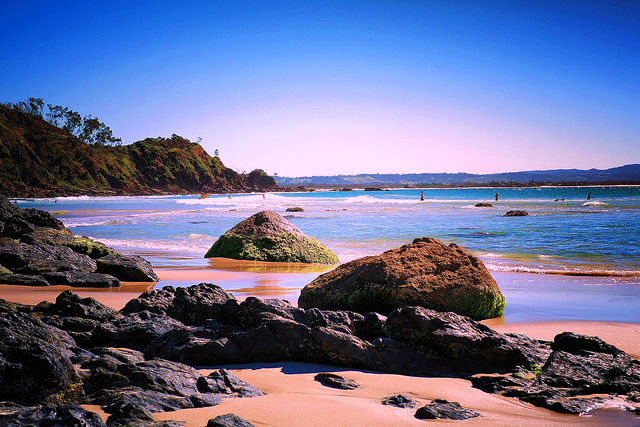Like ancient mariners, ancestors of Prochlorococcus microbes rode out to sea on exoskeleton particles
Throughout the ocean, billions upon billions of plant-like microbes make up an invisible floating forest. As they drift, the tiny organisms use sunlight to suck up carbon dioxide from the atmosphere. Collectively, these photosynthesizing plankton, or phytoplankton, absorb almost as much CO2 as the world’s terrestrial forests. A measurable fraction of their carbon-capturing muscle comes from Prochlorococcus — an emerald-tinged free-floater that is the most abundant phytoplankton in the oceans today. New research suggests the microbe’s ancient coastal ancestors colonized the ocean by rafting out on chitin particles.
Read Original Article: Like ancient mariners, ancestors of Prochlorococcus microbes rode out to sea on exoskeleton particles »


